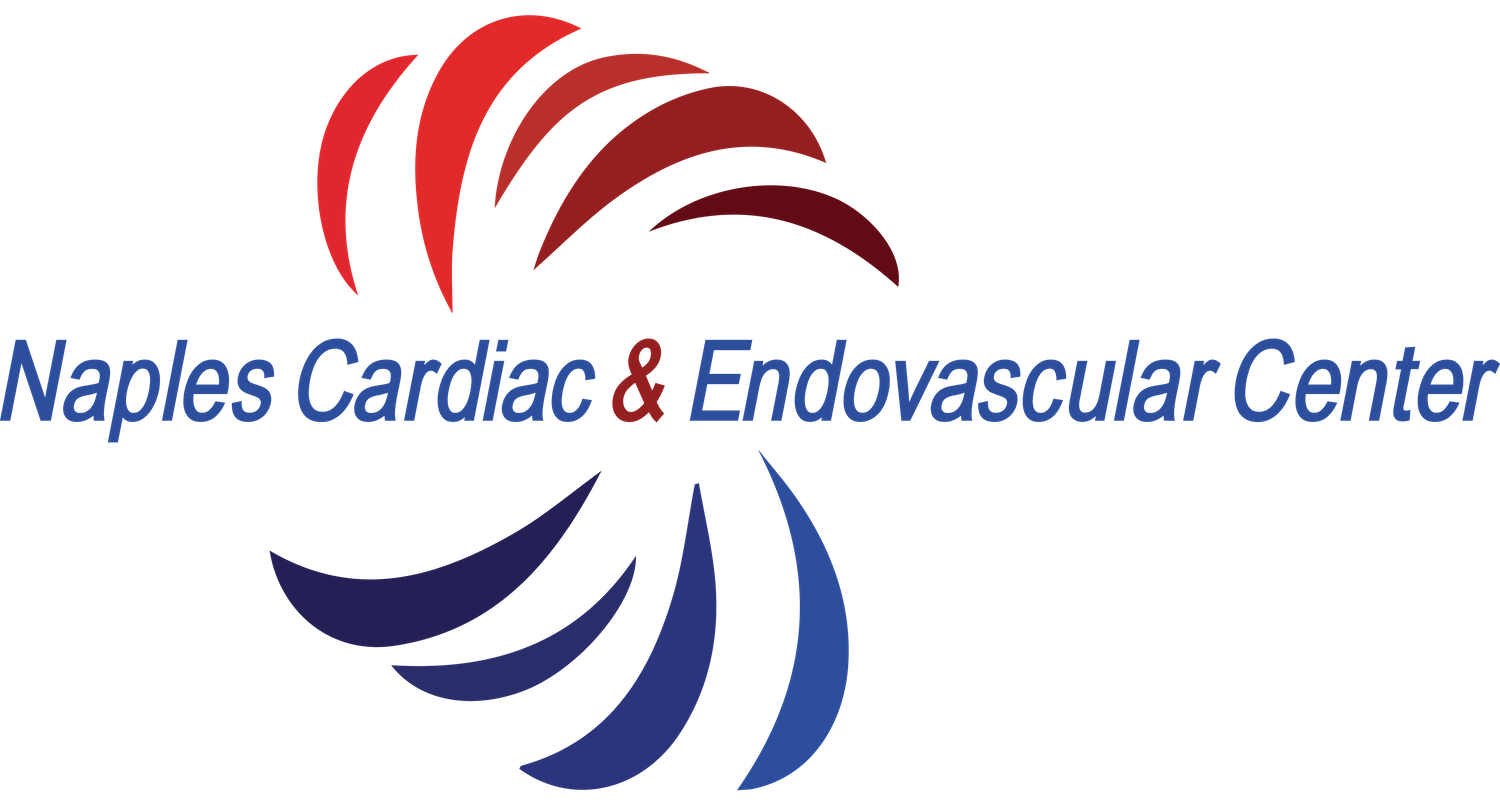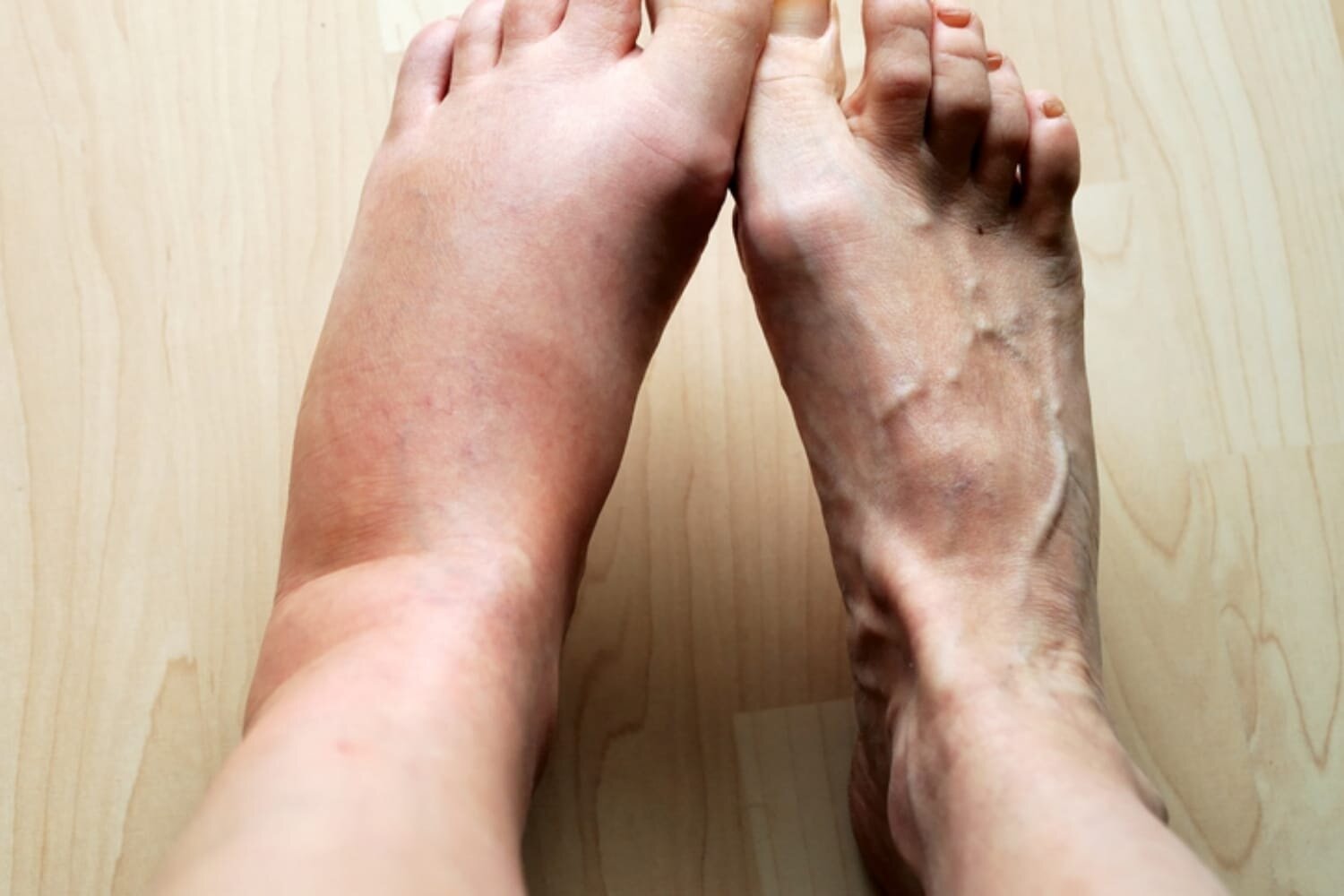Leg swelling (edema) overview
Leg swelling is a common manifestation of lower extremity venous disease. It refers to fluid accumulation under the skin that results in lower leg enlargement. Leg edema is associated with an intermediate severity of venous disease in the venous disease classification (CEAP 3).
Dr. Leandro Perez discusses the causes and treatments for leg edema.
Symptoms of leg edema
Patients who experience lower extremity edema report symptoms such as:
A sensation of leg heaviness
A sensation of leg cramps
Increased body weight
Difficulty wearing shoes and socks
A circular imprint around the ankles due to sock elastic bands
What causes leg edema?
There are many reasons for lower extremity swelling. When venous disease is the cause of leg edema, it can be caused by superficial venous reflux (leaking veins), deep venous reflux, venous obstruction due to blood clots or compression, immobility, calf muscle pump dysfunction, inactivity, obesity.
Mechanisms for the formation of edema include increased blood pressure related to inefficient venous blood flow, venous wall damage that causes fluid to exit the blood vessel (leak) and damage or overload of the lymphatic system.
Diagnosis of leg edema
Your doctor will obtain a personal and family medical history with particular attention to the timing of your symptoms as well as medications and supplements you may be consuming. The physical examination is helpful in determining the severity and extent of edema.
A venous ultrasound is useful to determine the causes of leg edema with emphasis on the status of your veins.
Leg edema treatment
The mainstay in the management of leg edema is to identify the etiology. If superficial venous reflux is the main cause, patients can be treated with a conservative strategy including lifestyle modifications and compression stockings.
If there is incomplete relief using conservative strategies, your doctor may recommend a procedure to eliminate the cause of your venous problem. These procedures may include an endovenous ablation or venous injections.
To request a consultation click below or call (239) 300–0586


